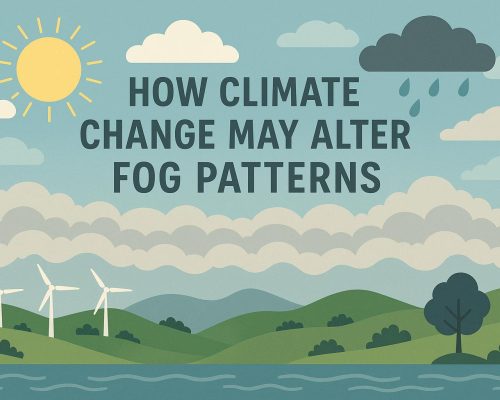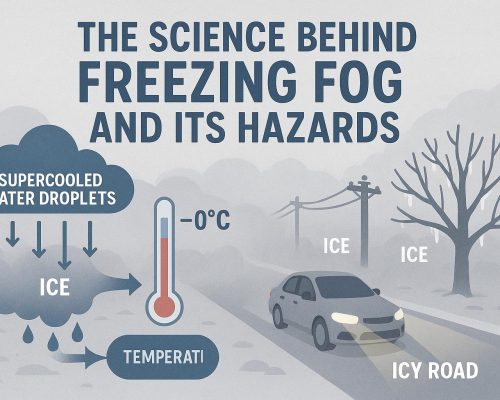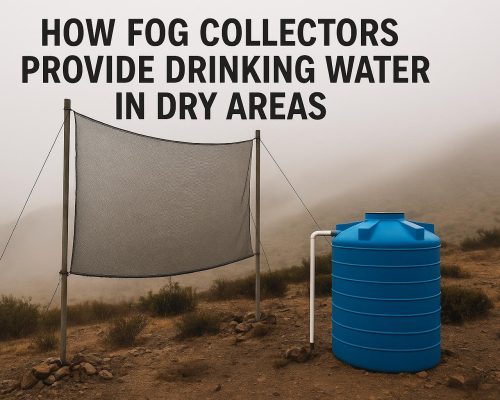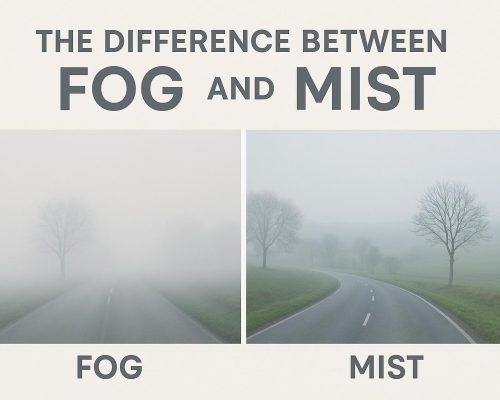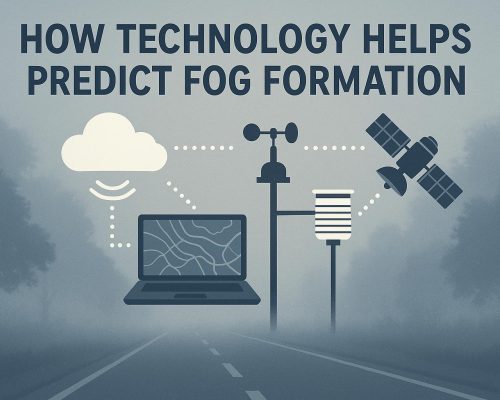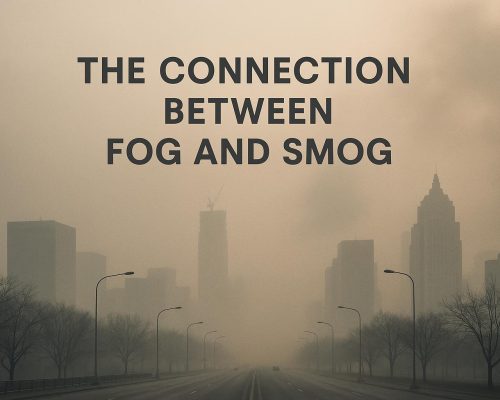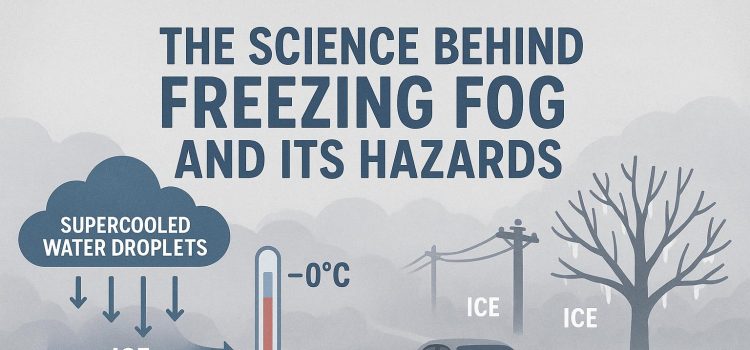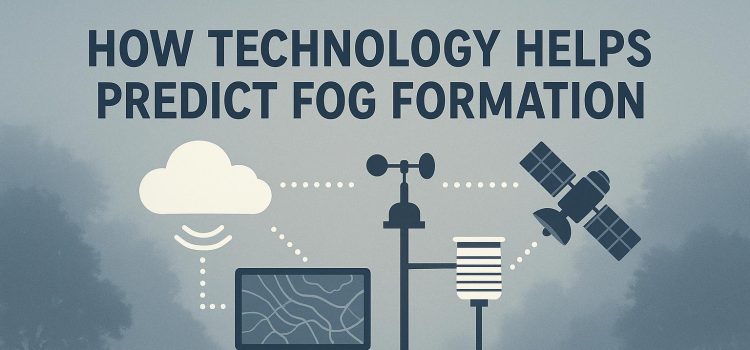
The Connection Between Fog and Smog
Understanding Fog and Smog Fog and smog might appear similar at first glance due to their visual characteristics, but they are fundamentally different phenomena. While both affect visibility, their causes and environmental impacts vary significantly. Understanding these differences is crucial in addressing […]
Understanding Fog and Smog
Fog and smog might appear similar at first glance due to their visual characteristics, but they are fundamentally different phenomena. While both affect visibility, their causes and environmental impacts vary significantly. Understanding these differences is crucial in addressing their distinct challenges effectively and adopting suitable mitigation strategies.
Formation of Fog
Fog is a natural meteorological phenomenon. It occurs when water vapor condenses into tiny liquid droplets suspended in the air. This typically happens when the air cools to its dew point, the temperature at which air becomes saturated with moisture. The process can lead to a misty layer that limits visibility but is mostly harmless in terms of environmental and health effects.
There are various types of fog, each formed under specific atmospheric conditions. Radiation fog forms when the ground loses heat overnight, chilling the air close to the surface. Advection fog, on the other hand, results from warm, moist air moving over a cooler surface, leading to condensation. Valley fog arises in low areas where cool air collects and water vapor builds up. Typically, fog occurs early in the morning or late in the evening. As the sun rises and warms the air, increasing its capacity to hold moisture, fog tends to dissipate.
The Nature of Smog
In contrast, smog is a form of air pollution characterized by a thick haze or smoke-infused fog that results from human activities. The term “smog” is a combination of smoke and fog, indicative of its origins. Vehicle emissions, industrial discharges, and chemical reactions in the atmosphere primarily contribute to smog formation, making it a significant urban pollution issue.
One of the most common forms is photochemical smog, which results from sunlight acting on nitrogen oxides and volatile organic compounds present in the atmosphere. This type of smog is particularly prevalent in urban areas with high traffic levels and industrial activity. The chemical reactions result in harmful secondary pollutants, such as ozone, that pose significant health risks.
Health and Environmental Impacts
Fog typically poses minimal health risks, although it can contribute to dangerous driving conditions due to reduced visibility. Travelers should exercise caution when fog is present to mitigate the risk of accidents. Smog, however, poses more severe concerns. It can cause respiratory problems, eye irritation, and other health issues. Individuals with conditions like asthma find smog especially detrimental, as it exacerbates breathing difficulties and can lead to severe health complications.
Moreover, smog contributes to environmental concerns such as acid rain, which occurs when pollutants from smog mix with atmospheric moisture. Acid rain can transform the chemistry of soils and water bodies, affecting plant life, aquatic habitats, and even man-made structures through corrosion.
Geographical and Seasonal Variations
Understanding geographical and seasonal patterns can help distinguish between fog and smog occurrences. Fog is more common in coastal regions, valleys, and areas with high humidity. Coastal cities like San Francisco frequently experience fog due to the temperature differences between the land and sea. These conditions favor the condensation of moisture into fog.
Smog, however, is more prevalent in densely populated urban areas, particularly those surrounded by topographical features such as mountains that trap pollutants. Regions like Southern California often experience high smog levels due to these geographical factors. Cities like Beijing and New Delhi are also notorious for severe smog, especially during seasons when atmospheric conditions permit the buildup of pollutants.
Mitigation and Control
While fog is beyond human control, the mitigation of smog is achievable with concerted efforts. Implementing stricter emission controls on vehicles and industry is a critical measure to curtail smog levels. Encouraging the use of public transportation over personal vehicles, promoting carpooling, and developing efficient public transit systems can significantly lessen vehicular emissions.
Adopting alternative energy sources, such as wind, solar, and other renewables, can reduce reliance on fossil fuels, thus decreasing emissions from power generation. Moreover, effective urban planning and regulatory actions are crucial for improving air quality. Establishing green spaces and buffer zones can help disperse pollutants and improve air filtration. For more detailed information on pollution control strategies, you can visit this resource from the U.S. Environmental Protection Agency (EPA).
In summary, while fog and smog share visual similarities, their causes, effects, and mitigations are distinctly different. Understanding the specific characteristics of fog and smog can guide effective approaches in tackling their respective challenges. Addressing smog requires clear and informed policy decisions and proactive community efforts to foster healthier environments and protect public health.

